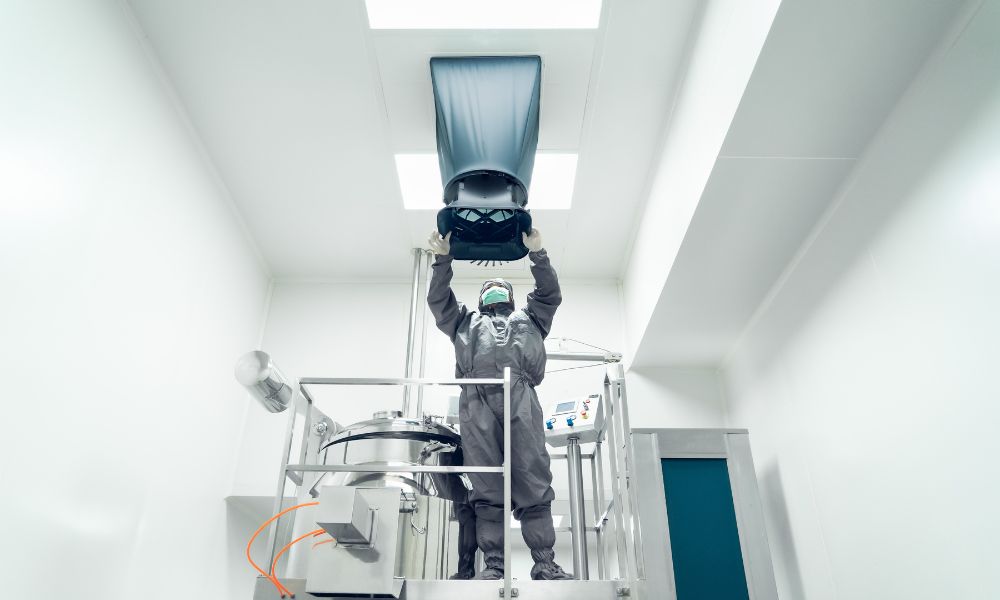
Nobody wants to make a mistake when building their operating room. Not only can it put the health and safety of patients at risk, but it can also lead to monetary loss. To ensure you build it correctly and efficiently, you must avoid these key mistakes when building your operating room. Cutting corners to save money is easy, but if you want it to work properly, give your OR the care and attention it needs during construction.
Poor Safety Regulations
Ignoring safety regulations during the construction of an operating room can have severe consequences. Building codes and safety standards exist for a reason, aiming to ensure the well-being of patients and medical staff. Failure to comply with these regulations can result in substantial fines and also potential legal action, which can have long-lasting impacts for all parties involved.
To avoid such pitfalls, you should familiarize yourself with the specific regulations and guidelines applicable to operating room construction. Take the time to understand the intricacies of these requirements and incorporate them into every stage of the construction process.
Poor Lighting
In an operating room, good lighting plays a crucial role in facilitating accurate and safe surgical procedures. Ensure you learn what to know about surgical lights so you can provide optimal illumination across all areas of the room, without creating any glare or shadows that may hinder visibility. Additionally, the lighting should be adjustable to cater to the varying requirements of different procedures. Surgeons and medical staff need to have the best possible visibility to perform with precision and confidence, and the right lighting will provide that for them.
Failing To Account for Maintenance
Operating rooms, being critical spaces for medical procedures, demand meticulous attention to maintenance for seamless operations. It is crucial to allocate sufficient funds for regular cleaning and upkeep of the room, along with timely replacement of any necessary parts. To ensure optimal conditions, consider implementing a comprehensive preventive maintenance program that addresses potential issues proactively. Additionally, during construction, invest in quality materials and easy-to-clean surfaces so your maintenance needs won’t overwhelm your staff.
Overlooking Air Quality
You should monitor the air quality of the operating room meticulously to ensure the absence of any contaminants. Poor air quality can compromise patient and staff safety and significantly raise the risk of infections. To mitigate these concerns, it is crucial to have a high-quality ventilation system in place. Consider investing in an HVAC system that provides efficient air filtration and circulation. This system can effectively remove particulate matter, harmful gases, and other potential sources of contamination.
Creating a successful operating room requires careful planning and consideration. From ensuring you’ve installed the correct lighting to investing in quality materials, there are many things to keep in mind when building an operating room. By avoiding the common mistakes, you can ensure that your operating room meets all of your needs and standards. With the right preparations in place, you will be well on your way to having an efficient and safe environment for all patients and staff.
